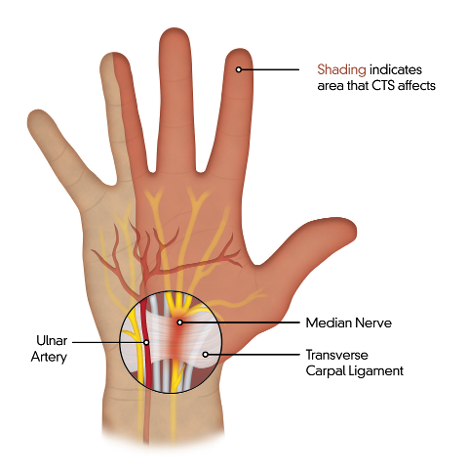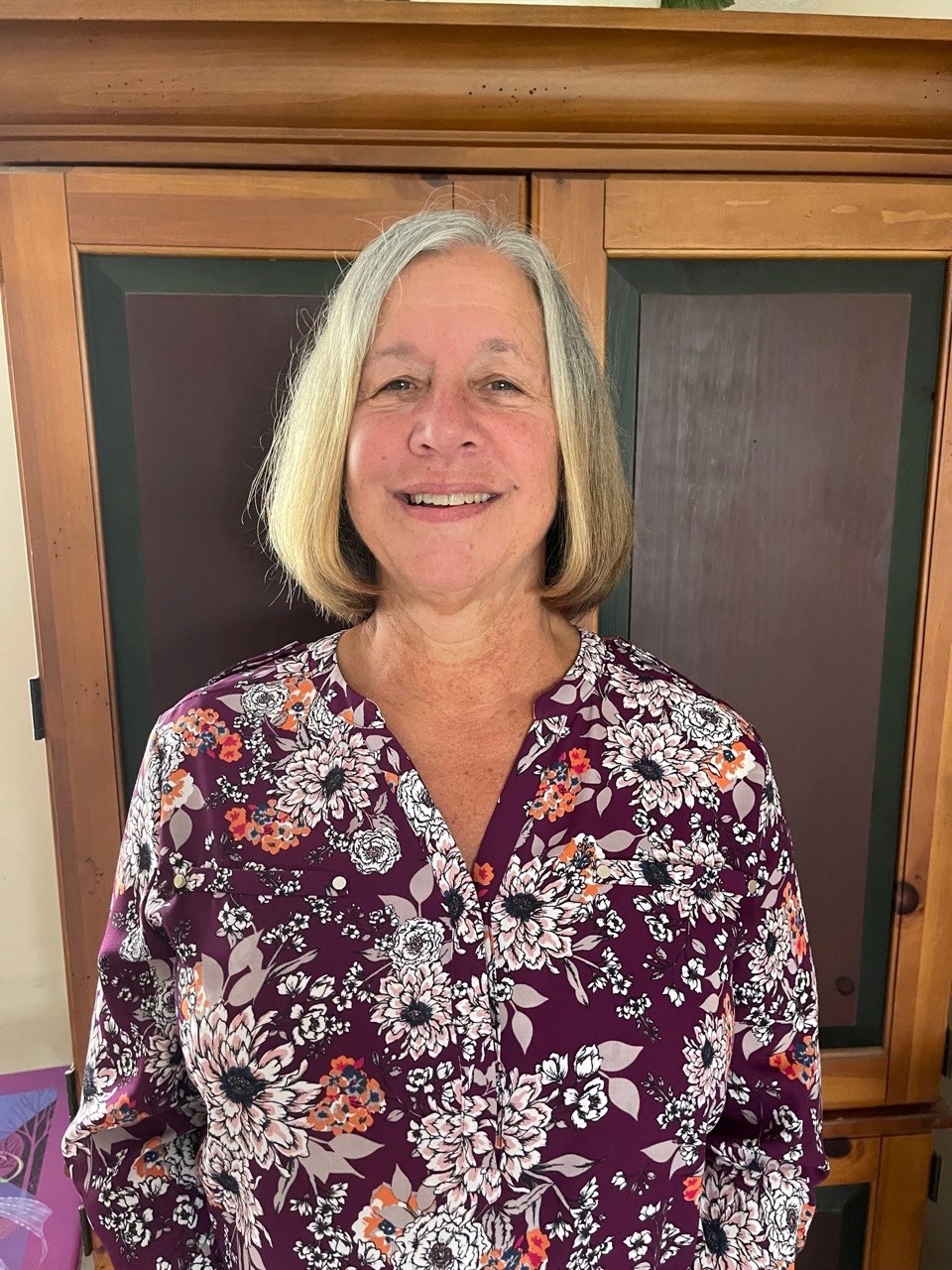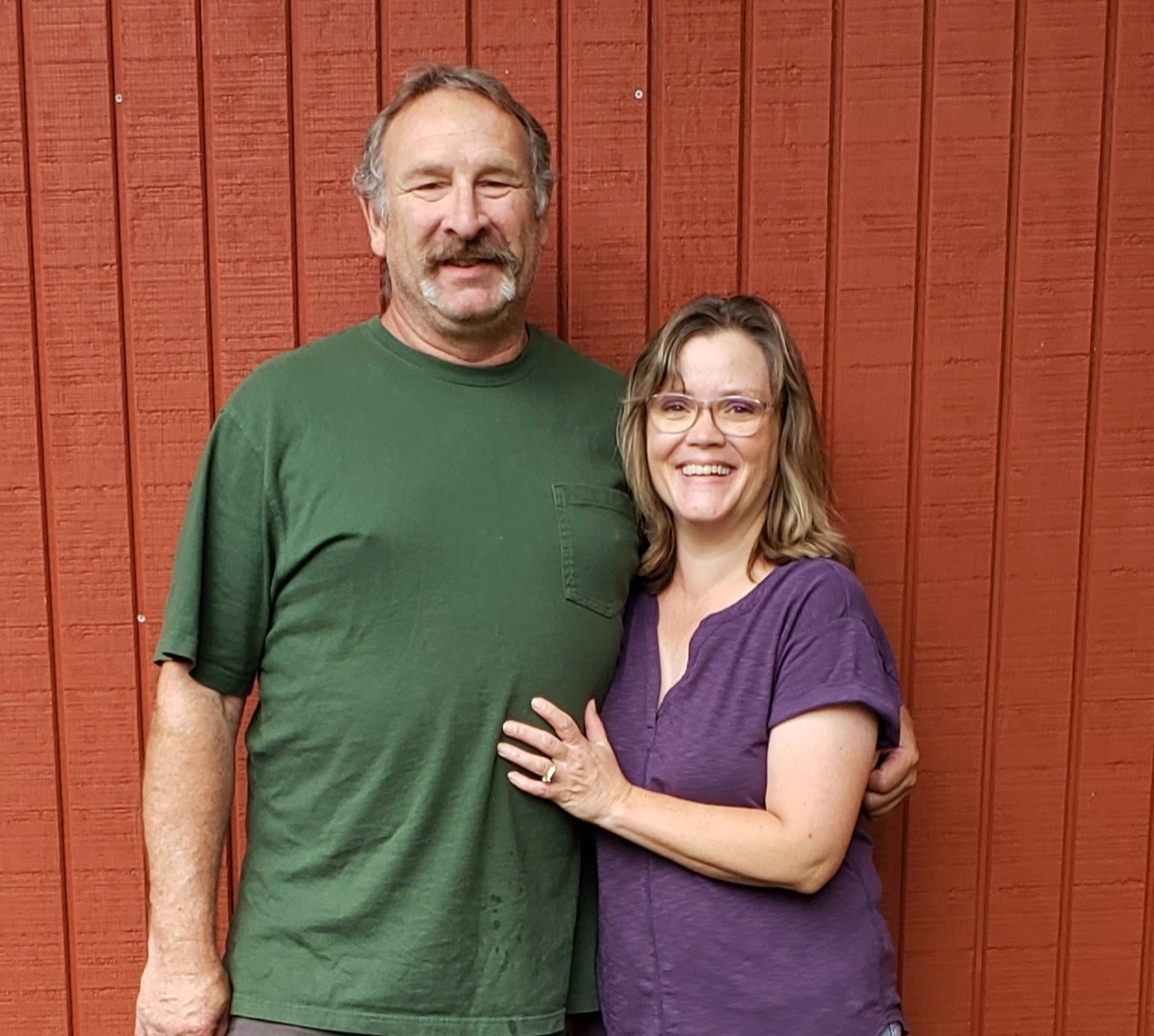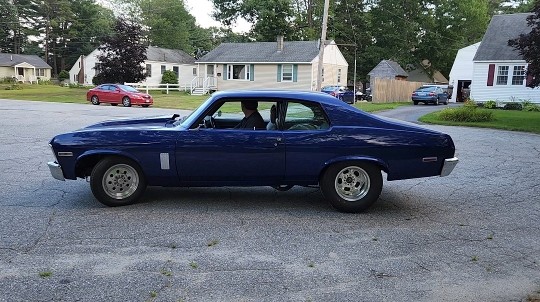Carpal Tunnel Syndrome
What is Carpal Tunnel Syndrome (CTS)?
Carpal Tunnel Syndrome (CTS) is a common condition that affects an estimated 13 million Americans1 that causes pain, numbness, and tingling in the hand and arm. The condition occurs when one of the major nerves in the hand—the median nerve—is compressed as it travels through the wrist. The median nerve controls movement in the thumb and feeling in the thumb and first three fingers. It runs down the arm and forearm, passes through the carpal tunnel at the wrist, and goes into the hand.
Testimonials
Request Consultation

Traditional Carpal Tunnel Release Surgery
More severe cases of CTS may be treated surgically through carpal tunnel release (CTR), which involves cutting the transverse carpal ligament to relieve pressure on the median nerve. Traditional CTR techniques can remedy the condition, but may result in large and sometimes painful scars, ongoing palmar pain, and a long road to recovery.2,3,4
A New Way to Treat Carpal Tunnel Syndrome for Faster Recovery
Now there is an alternative surgical option—Carpal Tunnel Release with UltraGuideCTR™ and real-time ultrasound guidance.
CTR using ultrasound guidance relieves the symptoms of carpal tunnel syndrome while minimizing recovery time. Most patients can return to work and the activities they love in 3-6 days.2,6,7
Performing CTR with ultrasound guidance allows most patients to enjoy immediate motion so they can focus on getting back to their lives and the activities they love. 2,6,7
If you have carpal tunnel syndrome and are considering a surgical procedure, carpal tunnel release with UltraGuideCTR and real-time ultrasound guidance may be right for you.
Significant benefits2,6,7:
- Most patients can return to work and the activities they love within 3-6 days
- Performed in a procedure room or office setting
- Typically performed using local anesthesia
- Small incision typically closed without sutures
- Aspirin or Ibuprofen typically used for pain management
- Postoperative therapy typically not required
- Immediate motion of the hand for rapid recovery
Schedule an Appointment Today!
More on Carpal Tunnel Syndrome
|
|
|
|

|
Adele's Story
Adele’s hand was always falling asleep. Now retired, she first noticed it when she was working. “I worked in an office for 40 years. All of that typing made my hands numb, but I always put off doing anything about it,” says Adele.
Her carpal tunnel symptoms, which were at first intermittent, started to become continuous in recent years — especially in her right hand. She says she noticed it most when walking her granddaughter, who was in a stroller. “I would have to take my hand off, shake it and open and close it. Then I’d just keep it down by my side until the numbness went away,” she recalls.
The numbness had her waking up in the middle of the night. It also interrupted her golf game, and her ability to garden or cut her lawn without having to take a break. She says she also noticed that her hands got tired when she did the dishes or tried to open jars because she didn’t have much hand strength.
Despite her increased symptoms, she continued to put off treatment. “I’ve known people in the past who had carpal tunnel release surgery and didn’t see the results they were looking for,” explains Adele. “And I was concerned about the recovery time because I like to keep busy.”
This changed when Adele, whose daughter works for Coastal Orthopedics & Sports Medicine, heard that the clinic was performing carpal tunnel release (CTR) with UltraGuideCTR and real-time ultrasound guidance. She was intrigued to hear that the recovery time would be minimal, so she made an appointment for a consultation.
“At the consultation, Dr. Kulju took an ultrasound of my wrist to see if I could be a good candidate for the procedure and it turns out I was,” says Adele. She had the procedure two weeks later.
“I went in, laid on a table with my right arm out to the side,” recalls Adele. “They gave me some numbing medicine for my hand and then Dr. Kulju put the instrument inside my wrist through a small opening. I could feel a little bit, but there was no pain. I was awake through the whole time.” She estimates she was in and out of the clinic in an hour.
She was given a prescription for pain but says she didn’t need it. And she marvels at how quickly she was able to get back to her activities. “They recommended I wait three days before golfing or doing things like that, and I was able to get back to all of my activities within a week with no therapy involved,” she says. “And the scar is so tiny, you can’t even see that it’s there.”
Today, she enjoys life to its fullest and her hand is staying awake through it all. In fact, she’s so convinced that CTR with ultrasound guidance is the way to go that she says she’s definitely going to have her left hand done very soon.

|
|
 |
Stan's Story
Stan loves to work on old cars. Unfortunately, due to carpal tunnel syndrome, or CTS, the recently retired power company worker had to put his hobby of restoring his deep blue 1970 Chevy Nova on pause.
“I used to work on high-voltage lines, and we had to wear these really heavy rubber gloves,” explains Stan. “I did a lot of pushing and pulling on the lines, and we would use high-impact tools for tightening bolts, which would vibrate like crazy and irritate my wrists.”
He started to feel the symptoms of CTS nearly ten years ago. “Both of my hands and arms were affected. They would go to sleep, and it would feel like pins and needles, and sometimes they felt like they were hot and stinging.” Despite the pain, he continued working and says he spent a lot of time icing his wrists to help with the swelling.
CTS affected other areas of his life, too. It would interrupt his sleep as he tried to find a comfortable position for his wrists. It also affected his ability to get things done around the house. “I was losing dexterity and strength in my hands. I really had to limit myself because my wrists would get sore and pretty much unusable for a day or two afterward,” recalls Stan. He adds that had to take Tylenol at regular intervals to stay ahead of the discomfort.
As part of his treatment, he saw an occupational therapist, but after a while, both he and the therapist realized that approach wasn’t working. “That’s when my doctor finally decided to test for carpal tunnel,” explains Stan. He went to see Dr. Michael Kulju at Coastal Orthopedics & Sports Medicine. Dr. Kulju performed an ultrasound to view the structure of Stan’s wrists and determined that Stan would be a good candidate for a new technique for carpal tunnel release (CTR), which uses UltraGuideCTR and real-time ultrasound guidance. In fact, Stan was the first patient in Maine to have CTR using this approach.
Stan had the procedure on his left wrist first, and five months later, had his right wrist done. He says he is pleased with the results. “I’m only a week out from the procedure on my right hand, but so far, I have no complaints. It’s a lot better than it was.”
He says both procedures were “a piece of cake,” because they were quick and done in the comfort of the doctor’s office. “I’ve had coworkers who had surgery on their carpal tunnel, and they have a two-inch incision, plus their recovery seemed to take a long time. My incisions are so small, you can barely see them, and I can drive my car and do other things without my hands falling asleep.”
Now, with carpal tunnel syndrome behind him, Stan says he’s looking forward to doing the things he loves — including getting that Chevy Nova into running shape.

|
|
REFERENCES
Papanicolaou GD, et al. The prevalence and characteristics of nerve compression syndromes in the general population. J Hand Surg 2001;26A:460-6.
Rojo-Manaute JM, Capa-Grasa A, Chana-Rodriguez F, et al. Ultra-minimally invasive sonographically guided carpal tunnel release: a randomized clinical trial. J Ultrasound Med. 2016 Jun;35(6):1149-1157.
Sayegh ET, et. al. Open versus endoscopic carpal tunnel release: a meta-analysis of randomized controlled trials. Clin Orthop Rel Res 2015;473:1120-1132.
Zhang S, et. al. Cost-minimization analysis of open and endoscopic carpal tunnel release. J Bone Joint Surg Am 2016;98:1970-7.
Nakamichi K, Tachibana S, Yamamoto S, et al. Percutaneous carpal tunnel release compared with mini-open release using ultrasonographic guidance for both techniques. J Hand Surg Am. 2010 Mar;35(3):437-445.
Henning PT, Yang L, Awan T, et al. Minimally invasive ultrasound-guided carpal tunnel release: preliminary clinical results. J Ultrasound Med. 2018 Nov;37(11):2699-2706.
Sonex Health CTR patient registry. Data on file.
UltraGuideCTR is a trademark of Sonex Health, Inc. All other trademarks are the property of their respective owners.
©2021 Sonex Health, Inc. All rights reserved.
|
|